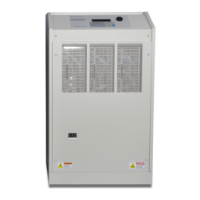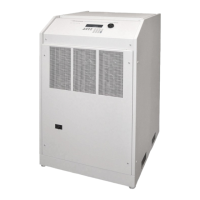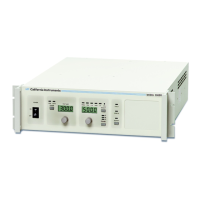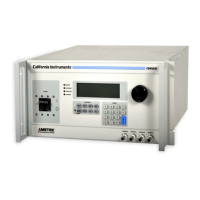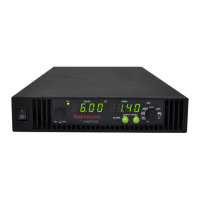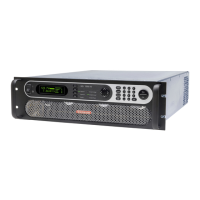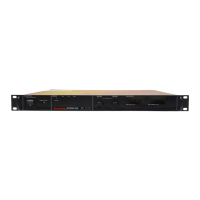What to do if one or more outputs don't produce an output in Ametek MX30-1 Power Supply?
- TTracy WaltonJul 29, 2025
If one or more outputs (phase A, B, or C) do not produce an output, it could be due to an amplifier failure, either input (PFC) or output related (Amp). If there is any sign of damage, the PFC power devices must be replaced. For older generation PFC control boards (7003-705 or 7003-712) that may have sustained damage in the isolated gate drive section, the board itself may need replacement. For MX Systems with later generation 7003-716 PFC control boards, replacing the 2A gate fuses may restore functionality. Alternatively, one of the output amplifier switches may have shorted, requiring replacement of the affected IGBT's.
